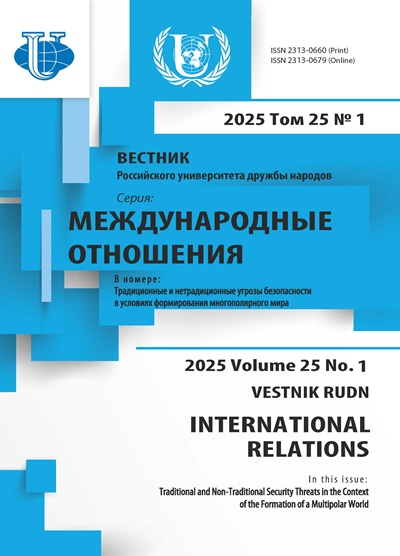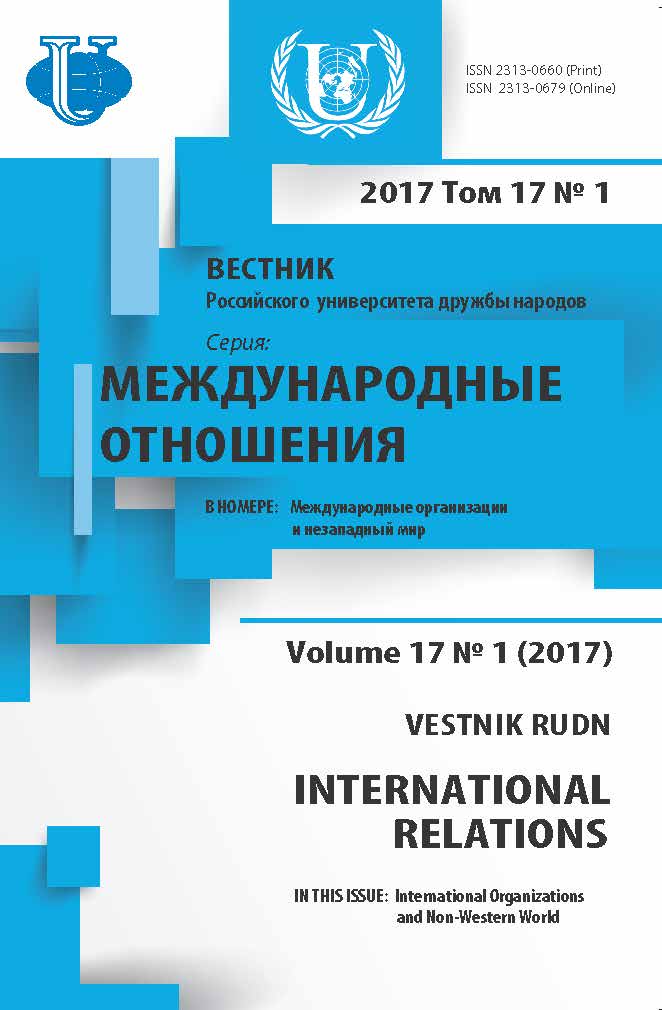Abstract
The recent financial and sovereign debt crises affected the Eurozone countries in different ways. The centre-periphery divide of the national economies exacerbated existing problems in the euro area. In this article an empirical analysis of the development of intra-European imbalances is provided. The analysis shows that the problem of internal imbalances remains unsolved. High unemployment and high public debt in Eurozone’s periphery reflects the internal imbalances. In some Northern countries the public debt ratios are becoming higher, too. Significant current account imbalances provide an important indicator of external imbalances. The co-existence of large current account surpluses in Germany and the Netherlands and deficits in Greece challenges the possibilities of deeper European integration. The provided analysis shows a reduction in external imbalances because of better performance of periphery current accounts. A real solution of European problems needs deeper macroeconomic policy cooperation between national authorities and European institutions. The article highlights the limits of European institutions in promoting common economic policy. It is necessary to boost competitiveness by coordinated structural reforms in the euro area; fiscal austerity policies are not enough to restore pre-crisis internal balance. For sustainable economic growth European investment projects should be implemented in the euro area. The recovery of national economies should be used to reduce the high public debt levels in both centre and periphery countries. In the absence of economic adjustment through the exchange rate in the euro area further improvement in European current accounts convergence is important for European economic integration.











